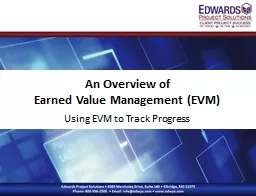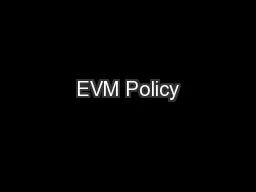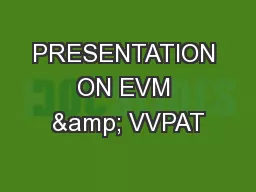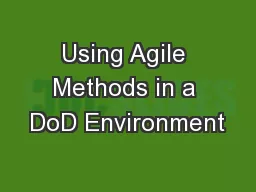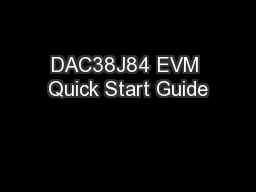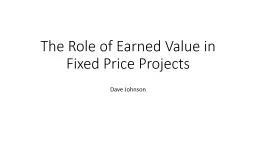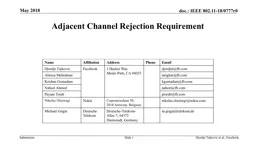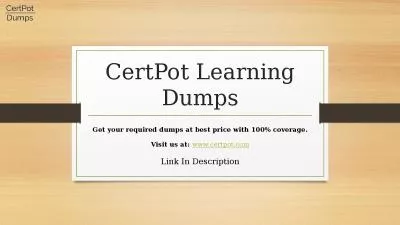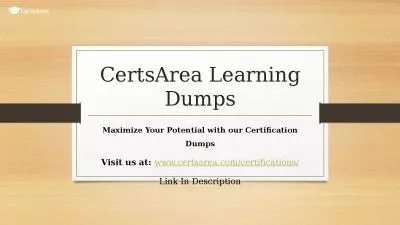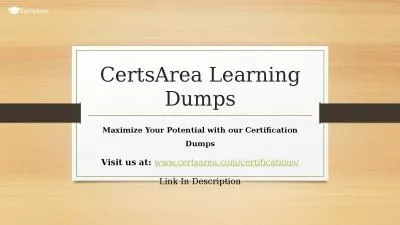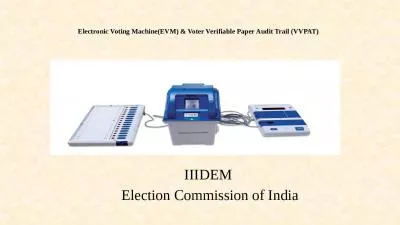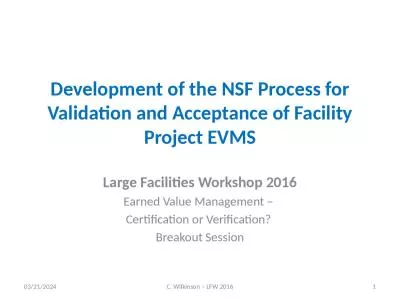PPT-An Overview of Earned Value Management (EVM)
Author : celsa-spraggs | Published Date : 2018-11-01
Using EVM to Track Progress Using Earned Value to Track Progress What can you tell me about this project Is it on schedule ahead schedule or behind schedule Is
Presentation Embed Code
Download Presentation
Download Presentation The PPT/PDF document "An Overview of Earned Value Management ..." is the property of its rightful owner. Permission is granted to download and print the materials on this website for personal, non-commercial use only, and to display it on your personal computer provided you do not modify the materials and that you retain all copyright notices contained in the materials. By downloading content from our website, you accept the terms of this agreement.
An Overview of Earned Value Management (EVM): Transcript
Download Rules Of Document
"An Overview of Earned Value Management (EVM)"The content belongs to its owner. You may download and print it for personal use, without modification, and keep all copyright notices. By downloading, you agree to these terms.
Related Documents

